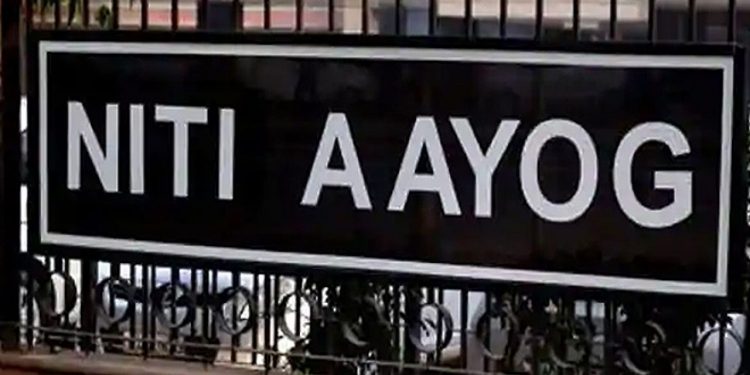Udaya S Mishra and Balakrushna Padhi
A major Sustainable Development Goal is to “ensure inclusive and equitable quality education and promote lifelong learning opportunities for all.” This is time to take stock of Odisha’s position on the educational front as per the most-recent survey conducted by the NSSO vis-a-vis Education. NITI Aayog’s recent study on SDG India designates a meagre 7 per cent shift for Odisha between 2018 and 2019-20. This has moved the state from the 25th position to the 16th, meaning it is still a performer state. The SDG index score vis-à-vis quality education, for the state, has declined from 46 in 2018 to 40 in 2019-20. In 2019-20, both Odisha at rank 40 and Bihar at 19 were placed lower in terms of SDG quality education index score, while Himachal Pradesh was at the top. This puts Odisha as an aspirant state in relation to the SDG.
Odisha compares well with the national scene as regards literacy level, with 75 per cent effective literacy; and this has a rural-urban divide of 90-77. However, this does not place Odisha anywhere near the achievements made by several states.
In addition, the gender divide is also stark with a relatively better convergence in urban areas compared to rural areas. If one goes beyond literacy, it is the educational progression that becomes pertinent, which is gauged with the percentage of individuals (aged 15 and above) completing secondary education and above. The state’s performance here is far behind other states. About three in ten complete secondary education and above with a wide rural-urban divide. Considering the sweep of those currently attending education in the educational ages of 3-35 years, the state positions at the bottom with the never-enrolled share of 12.7 per cent for rural males, and this is better only when compared with Bihar, Rajasthan, UP and Madhya Pradesh. Further, the share of those currently attending education in these ages stands at 38.5 per cent, the lowest among the states.
This means Odisha has a long way to go in making educational progress comparable with other states. Mere achievement of literacy has the least dividend in this age of ICT, soft skills etc for emerging job markets. Considering the distribution of the currently attending individuals across varying levels beginning with primary to graduate, the progression seems quite high from primary and middle levels, beyond which this is abysmal in Odisha as also at national level.
Educational progression could also be gauged by reading the attendance rate in the age-group of 3-35 years. As regards the age-specific net attendance rate in education, there’s a drastic decline from a near universal net attendance at ages 6-10 years to less than 30 per cent by age 18-23 at the national level. Odisha’s position is the worst, as such decline in NAR reaches below 20 per cent. Net attendance pattern remains steady till age 13 and declines thereafter. Although a decline is obvious given the trend in progression to higher levels of education, Odisha remains at the bottom on this.
This phenomenon of educational progression is to be gauged not only on the net attendance over ages but also on the distribution of current attendance by the level of education. The educational progress beyond the primary level stands at 0.6; that’s marginally less for Odisha with a value of .56. Such progression probability assessed beyond the secondary level of education too remains around 0.6 and further up, the same remains around 0.5. With these values, one can imagine decrements in educational progress which ultimately results in only some 10 to 15 per cent qualifying to be graduates.
As regards educational profile, when one examines the stream of education divide between general, professional and technical education, the state has hardly 2.6 per cent of its students entering the professional technical stream, against four per cent at the national scene. This has its gender divide too; male students being more.
Finally, apart from the educational performance, the ICT enabling feature of the state is abysmal in the sense that 4.3 per cent of the Odisha households have computer facility, and only about 10 per cent have access to internet. This again has a harsh rural-urban divide. In fact, Odisha stands at the bottom of the hierarchy which obviously will be a limitation for the state to take advantage of internet-based open learning initiative.
Udaya S Mishra is professor at Centre for Development Studies, TVM, and Balakrushna Padhi an economist at Centre of Excellence in Fiscal Policy and Taxation, Xavier University, Bhubaneswar.







































